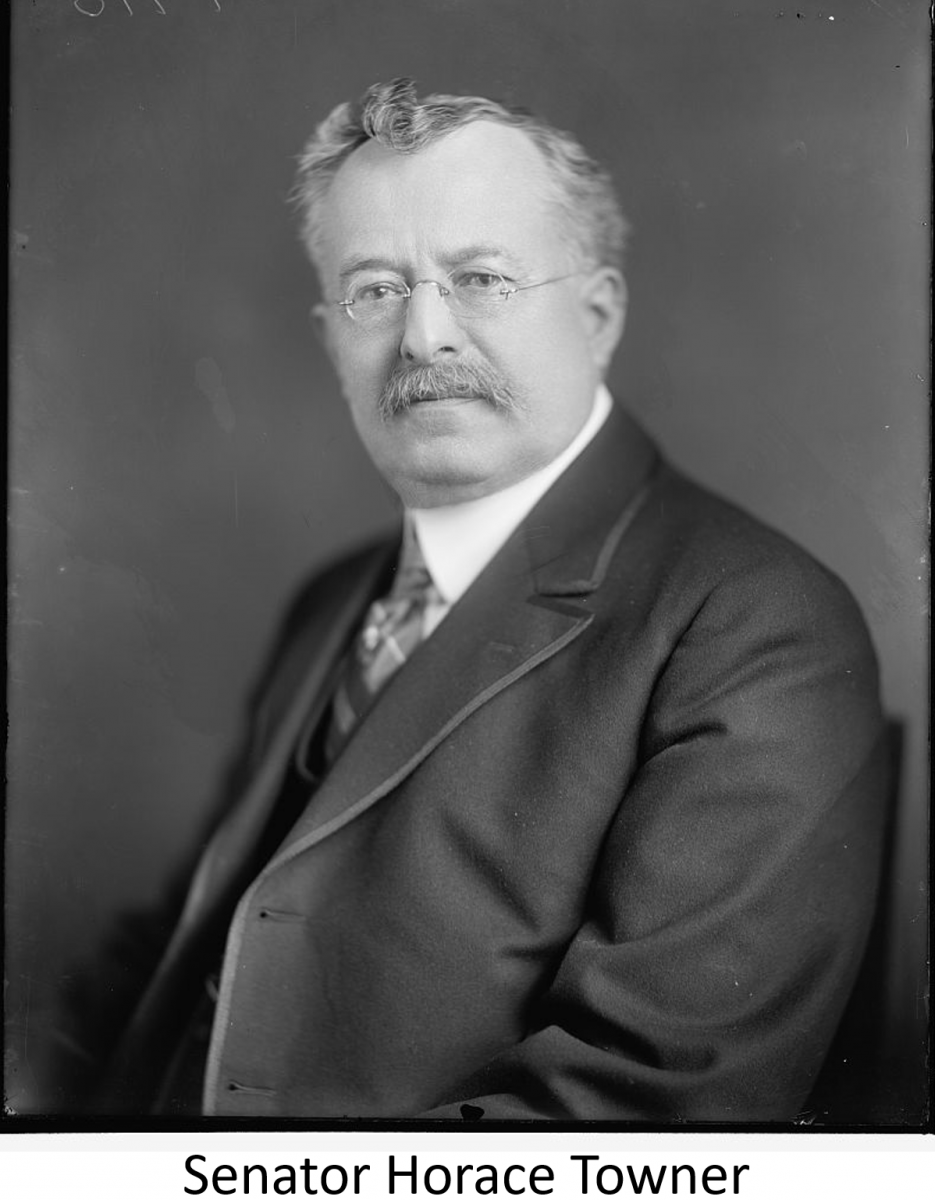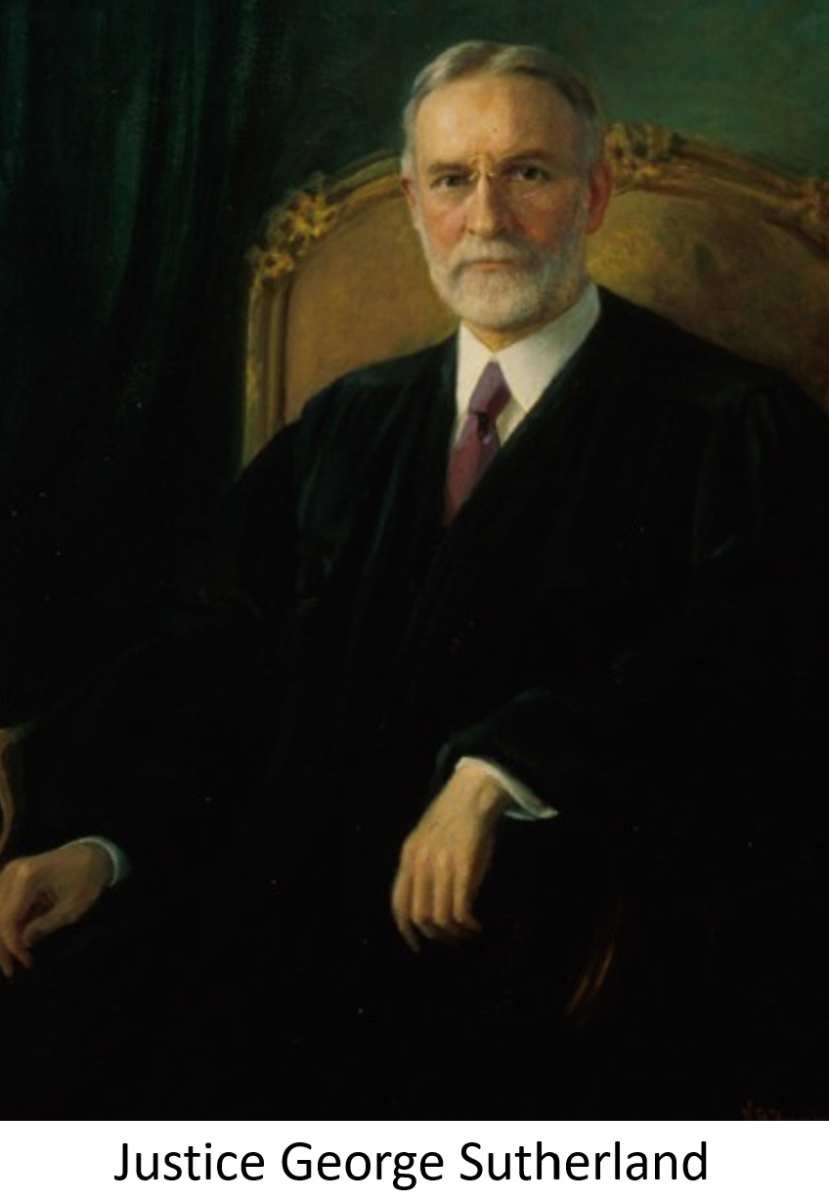Historical Context

The Progressive Era was a major period of reform in the United States lasting roughly from 1890 to 1920. Although Progressives had a wide variety of goals, some of which were contradictory, many of their efforts were directed toward securing social welfare legislation in order to improve the lives of the working class and poor. Most reforms were enacted at the state and local levels; these included regulations limiting the rates railroads could charge farmers to ship their goods, prohibitions on child labor, restrictions on the number of hours women could be made to work, workers’ compensation laws, and improvements to public transportation, schools, and parks.

A central theme of Progressive reform was maternalism—the notion that government should provide mothers and their children with special protection. While maternalism influenced many state reforms, it spurred action on the national level as well. President Theodore Roosevelt established the White House Conference on Child Welfare standards in 1909, which led to the creation of the United States Children’s Bureau in 1912. The Bureau immediately made the study of infant and maternal mortality a high priority, and found that such mortality correlated strongly with poverty. Jeanette Rankin, the first woman to serve in Congress, proposed federal legislation to assist poor mothers in 1918, but it was not until 1920, when women’s suffrage was secured nationwide by the Nineteenth Amendment, that the plan received significant political support.
Despite the Republican Party’s lack of interest in the bill, newly elected President Warren G. Harding, who won office in part because of women’s suffrage, favored it. In 1921, the measure was resubmitted to Congress by Senators Morris Sheppard and Horace Towner, a Democrat from Texas and a Republican from Iowa, respectively. The Sheppard-Towner Act, also known as the Maternity Act, passed Congress and was signed into law by Harding. It provided for the distribution of federal funds to participating states that cooperated with its measures to improve maternal and infant health. The Maternity Act, a precursor to the more expansive Social Security Act of 1935, was challenged in the Frothingham case as exceeding the constitutional powers of the federal government.
Legal Debates before Frothingham
The Frothingham case addressed the issue of standing, a requirement that plaintiffs be the proper parties to bring the lawsuit in question. Generally speaking, standing exists if a plaintiff has a sufficient stake in a case to make the matter adversarial. If a plaintiff is found to lack standing to bring suit, there is no genuine “case or controversy” before the court as Article III of the Constitution requires, and the matter will not be heard. Standing is therefore one element of justiciability—the determination of whether a particular matter is an appropriate one to be resolved by a court of law. At the time Frothingham came before the Supreme Court, the Court did not have a well-established body of precedent on the standing issue.
Prior to Frothingham, plaintiffs in several cases relied on their status as taxpayers to challenge the constitutionality of federal statutes. The courts ruled upon their lawsuits, but did not explicitly address whether being taxpayers was enough to give the plaintiffs standing. In Bradfield v. Roberts (1899), for example, the taxpayer plaintiffs challenged a federal statute allocating funds to a hospital in the District of Columbia in exchange for treating patients referred by the D.C. government. Because the hospital was under the influence of the Roman Catholic Church, the plaintiffs alleged that the statute violated the First Amendment’s ban on laws respecting the establishment of religion. The Supreme Court ruled on the merits of the dispute, finding that the hospital was not a religious institution and that the statute was valid, but made no specific finding regarding the plaintiffs’ standing to sue.
Similarly, in Millard v. Roberts (1906), the Court heard a taxpayer challenge to a federal statute authorizing the payment to private railroad companies of tax revenues from the District of Columbia. In return, the railroads were required to cede certain property rights to accommodate the construction of Union Station. In concluding its opinion upholding the law, the Court stated, “We have assumed that appellant, as a taxpayer of the District of Columbia, can raise the questions we have considered, but we do not wish to be understood as so deciding.” A year later, in Wilson v. Shaw, a taxpayer sued to prevent the United States from expending funds to build the Panama Canal. Once again, the Court ruled against the plaintiff, finding Congress to have acted well within its constitutional authority. The Court noted that it was not deciding whether the plaintiff had “a sufficient pecuniary interest in the subject matter,” preferring to rule on the merits of the case. When the Court heard Frothingham, therefore, it had not yet ruled on the question of taxpayer standing.
The Case
Frothingham v. Mellon (the first named defendant was Secretary of the Treasury Andrew Mellon) involved a constitutional challenge to the Maternity Act of 1921. The plaintiff filed suit in the Supreme Court of the District of Columbia (the predecessor to the U.S. District Court for the District of Columbia) alleging that the Act—which provided appropriations to states complying with its measures for protecting infant and maternal health—was an invasion by Congress of the right of local self-government reserved to the states by the Tenth Amendment. By spending taxpayer money in this unconstitutional manner, asserted the plaintiff, the statute would deprive her of property without due process of law. The court dismissed the plaintiff’s complaint, and the Court of Appeals of the District of Columbia affirmed. An appeal to the Supreme Court followed.
The case was consolidated with Massachusetts v. Mellon, a challenge by the state of Massachusetts to the same statute, which the Supreme Court heard pursuant to its original jurisdiction over suits to which a state was a party. Like Frothingham, Massachusetts argued that the Act had invaded the powers of the state government. The state was faced with what it argued was an unconstitutional dilemma: “to yield to the Federal Government a part of its reserved rights or lose the share which it would otherwise be entitled to receive of the moneys appropriated.” The Supreme Court ruled that the individual taxpayer and state challenges to the Maternity Act were sufficiently similar to be argued and decided together.
The Supreme Court’s Ruling

The Supreme Court declined to reach the merits of the two challenges to the Maternity Act, instead ruling that both cases were to be dismissed for lack of jurisdiction. Beginning with the challenge by the state of Massachusetts, the Court held that the state had not presented a justiciable controversy—that is, a dispute appropriate for resolution before a court of law. Because Massachusetts was free to accept or reject the terms of the statute, and would not be affected in any way without its consent, its complaint was based on the mere enactment of the statute, which was not an injury cognizable in court. “[I]t is plain,” Justice George Sutherland wrote for a unanimous Court, “that that question . . . is political and not judicial in character, and therefore is not a matter which admits of the exercise of the judicial power.” The state could not act as parens patriae (as a parent) to protect its citizens from the statutes of the United States; with respect to those citizens’ relationship with the federal government, “it is the United States, and not the State, which represents them as parens patriae.”
Turning to Frothingham’s challenge, the Court held that an individual lacked standing to challenge a federal statute as unconstitutional solely on the basis that the plaintiff was a taxpayer. A taxpayer, Sutherland’s opinion explained, simply could not claim a significant and direct enough injury to establish standing to bring a lawsuit. The taxpayer’s “interest in the moneys of the Treasury . . . is shared with millions of others; is comparatively minute and indeterminable; and the effect upon future taxation, of any payment out of the funds, so remote, fluctuating and uncertain, that no basis is afforded for an appeal to the preventive powers of a court of equity.” In short, Sutherland wrote, the issue at hand was “essentially a matter of public and not of individual concern.”
Aftermath and Legacy
In 1968, the Supreme Court narrowed the rule against taxpayer standing set forth in Frothingham when it decided Flast v. Cohen. The Court’s opinion, written by Chief Justice Earl Warren, held that the rule was an exercise in judicial self-restraint but was not required by the Constitution. “The question whether a particular person is a proper party to maintain the action,” wrote Warren, “does not, by its own force, raise separation of powers problems related to improper judicial interference in areas committed to other branches of the Federal Government.”
To determine whether a particular taxpayer had standing to bring an action against the federal government, the Court developed a two-prong test. The first depended on the type of legislation challenged. Only a statute that was itself an exercise of congressional spending power, and not incidental spending pursuant to a regulatory statute, could be challenged by a taxpayer. Second, the taxpayer would be required to show a connection between the constitutional violation alleged and their personal stake in the case.
In Flast, the plaintiffs met both prongs of the taxpayer standing test. The expenditures challenged (federal funds for religious schools) were made by Congress pursuant to its authority to spend for the general welfare. Further, the plaintiffs were deemed to have a sufficient stake in the case in terms of the First Amendment violations they had alleged, because their religious liberty would be violated if the government were permitted to spend funds to favor one religion over another or to support religion in general. The Establishment Clause was therefore, the Court found, intended to be a specific limit on the congressional spending power. The Court distinguished Frothingham, noting that the plaintiff there met the first prong of the test by challenging a spending program, but lacked a particular stake in the case, having alleged only that Congress had exceeded its general authority.
The Court later interpreted its holding in Flast narrowly when it decided Valley Forge Christian College v. Americans United for Separation of Church and State in 1982. Valley Forge was distinguishable from Flast, the Court ruled, because the governmental action involved was a grant of land under the Disposition of Property Clause, rather than the expenditure of money, and the action was taken by the Department of Health, Education, and Welfare, rather than by Congress. Some scholars criticized the distinctions between the two cases as artificial. In Hein v. Freedom From Religion Foundation (2007), the Court issued a plurality opinion limiting taxpayer standing to challenges to specific appropriations by Congress that allegedly violated the Establishment Clause.
Discussion Questions
- What is the rationale behind the requirement of standing—that is, that a plaintiff have a sufficient stake in a case to make it appropriate for resolution by a court?
- Should taxpayers generally be able to challenge federal spending programs in court? Why or why not?
- How did the Court’s rationale for denying standing in Massachusetts v. Mellon differ from that in Frothingham?
- How do the concepts of standing and justiciability relate to one another?
